Category Archive: Children and Cars
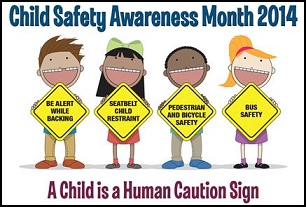
Every Child Is A Human Caution Sign
August 8, 2014
“Every child is a human caution sign” is the theme of this year’s Child Safety Awareness Campaign for the month of August. Each week during August, the Florida Department of Highway Safety and Motor Vehicles (DHSMV) will highlight a different traffic safety issue involving children. Read more: DHSMV Promotes Child Safety Awareness in August
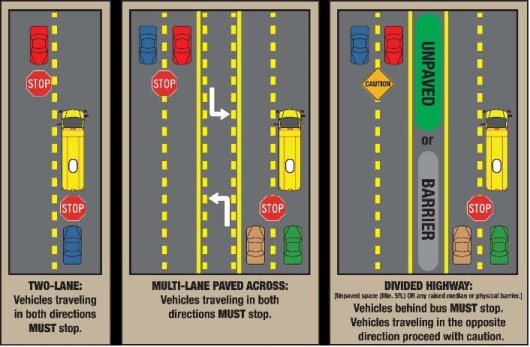
School Buses Returning To Roads Soon
August 7, 2014
School buses will be returning to the roads soon as schools reopen over the next few weeks. That means re-adjusting driving habits to watch for and stop for school buses. It also means being aware of school zone speed limits and, most especially, watching for children who may not be watching for you.
According to the National Highway Transportation Administration (NHTSA), an average of 135 deaths per year have occurred in school transportation crashes. Continue Reading
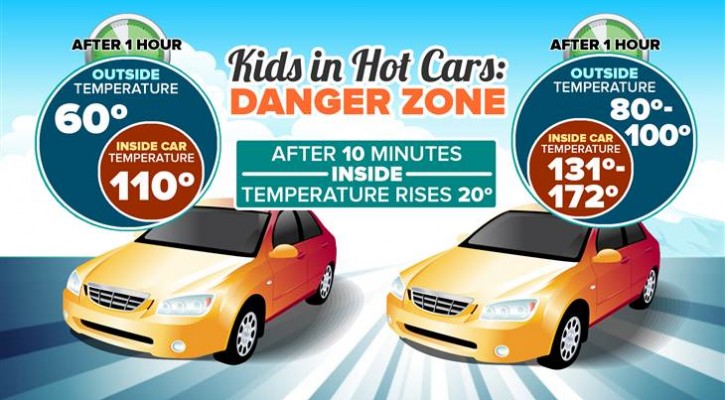
New Tennessee Law Allows Rescuers To Break Car Windows
July 10, 2014
According to the web site kidsandcars.org sixteen children have died from heatstroke after being left alone in hot cars in 2014. Under a new law passed by the Tennessee legislature, anyone who has a good faith belief that their actions will save a child left alone in a hot car, won’t be held liable for smashing a window to rescue the child. Read more: What should you do if you see a child in a hot car?
Image from: NBC Today Show
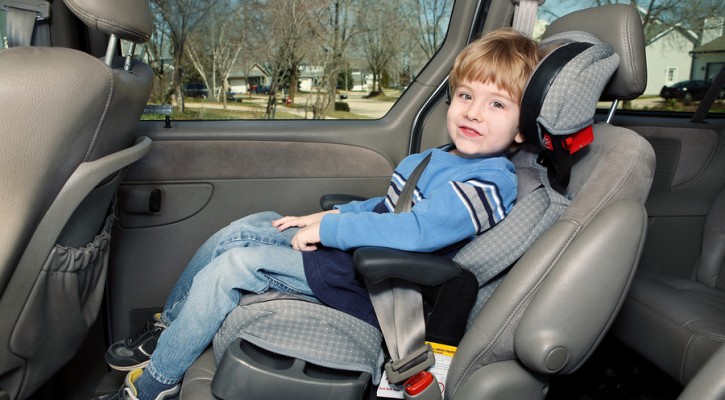
Florida Law Requiring Booster Seats For Children Under 5 Inadequate!
June 30, 2014
On June 24, 2014, Florida’s governor, Rick Scott signed HB 225 into law requiring that all children under the age of 5 are required to be placed in a federally approved car safety seat or booster seat. While the law is better than the old law that allowed children over the age of four to graduate to seat belts, it still doesn’t go far enough.
To look at why the legislation isn’t enough we have to look at how seat belts work to restrain a body in a crash. If properly worn, low over the hips, a seat belt works in a crash by pushing against the hip bones. The shoulder harness works by pushing against the breast bone and shoulder bone. If the lap belt is worn too high, over the abdomen instead of low on the hips, it can cut through the soft tissue of the abdomen in a violent crash. The problem with children is that their frames are too small and narrow for the lap belt to remain low over the hips and they often ride up over the abdomen, leading to injuries in a crash.
A seat belt is better than nothing at all because the alternative in a crash would be for the child’s body to fly forward and crash into the front seat or impact multiple points within the vehicle. In violent crashes, the child’s body can be thrown out of the vehicle and strike the road surface so seat belts are always preferable to no protection at all.
The Insurance Institute for Highway Safety (IIHS) has looked at crash data and recommends that children, once they have graduated out of a child protective seat, graduate to booster seats and remain in those booster seats until they are at least 4’9” tall. For the average child, that is anywhere from 9 to 11 years of age. The booster seat works by raising the body so that the seat belt rides low over the hips, providing maximum protection in a crash. Many states have adopted the IIHS recommendations and mandated booster seats for children until they are at least 4’9” or 9 years of age.
Regardless of what the Florida law may say, parents should maximize protection for their children and keep them in booster seats until they reach the 4’9” height. For more information on child protective seats and choosing the right seat for your child, visit the IIHS website at: http://www.iihs.org/iihs/topics/t/child-safety/topicoverview
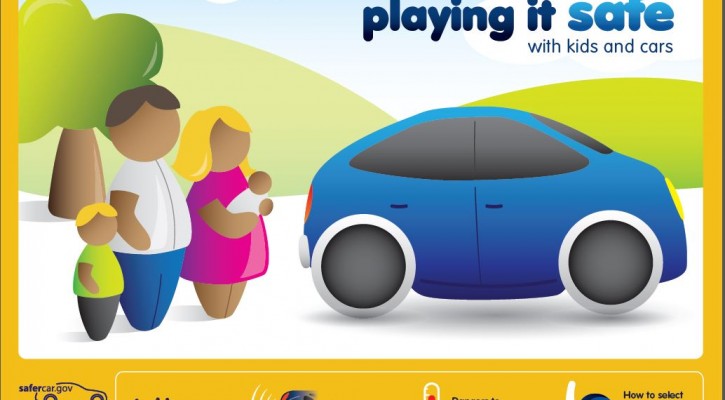
Car Safety Features For Children
June 20, 2014
If you are in the market for a new car or just wondering if your own car is safe for children, this handy web brochure put out by the National Highway Transportation Safety Administration explains all the different safety features available. There’s also a guide to children’s car seats, kid/car dangers, and a list of all the standard safety features by make and model of car. Click here to download the brochure: A parent’s guide to playing it safe with kids and cars
